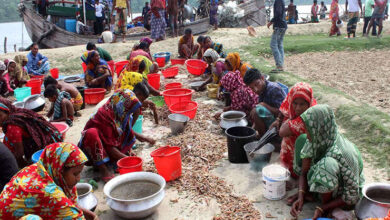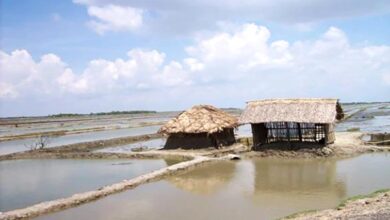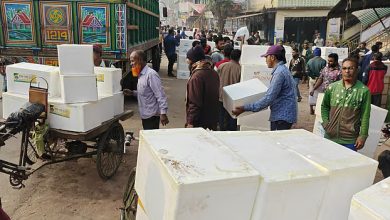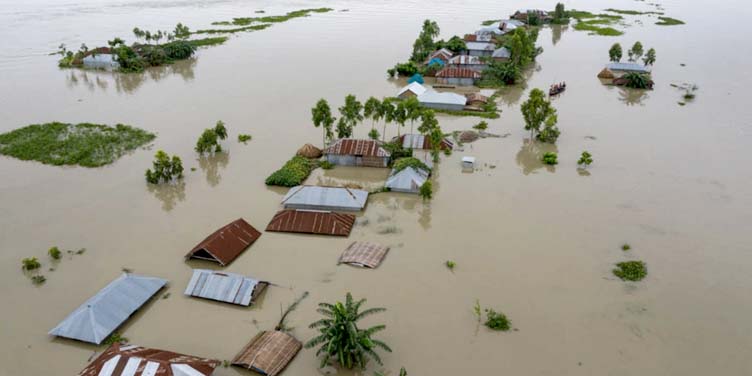
Majedul and Masura and their three children reside in the Rathkhola Bill of Munjitpur in Satkhira. Majedul pulls a van while his wife works as a cleaner at multiple homes in the city. Majedul used to live in his ancestral home on the bank of the Kapotaksha river in Pratapnagar village, Asashuni upazila, in Satkhira. They also owned a handful of acres of agricultural land with their own homes. With Cyclone Ampan, however, the river bank collapsed, allowing saline water to infiltrate their land. Long-term water accumulation on that site makes the soil unsuitable for crop cultivation.
Majedul is not the only individual in this desperate situation. Even just a few years ago, there are a large number of families similar to them who once resided in various coastal villages in Satkhira, Bagerhat, Khulna, Barguna, Patuakhali, and Bhola.
However, due to climate change, people were driven to abandon their ancestral lands and relocate elsewhere. This situation emerged owing to a lack of agricultural or alternative work opportunities.
Mukul Gazi, a resident of Satkhira‘s Taltala village, said that following Cyclone Amphan, the banks of the Kapotaksha and Kholpetua rivers collapsed, allowing saline water to inundate the area. It took around eleven months for them to restore the dam. The long-term presence of salty water diminished the fertility of the lands, and crops are not grown here like before.
Also, there are numerous powerful landlords who cultivate shrimp by introducing saline water to cultivated land. This has resulted in an ecological crisis in the region.
Shariful Islam, a farmer from the Shyamnagar upazila, stated that there are no farming opportunities here. Hence, people whose families were engaged in agricultural activities are now unemployed. Several individuals are leaving the area and going elsewhere to find jobs.
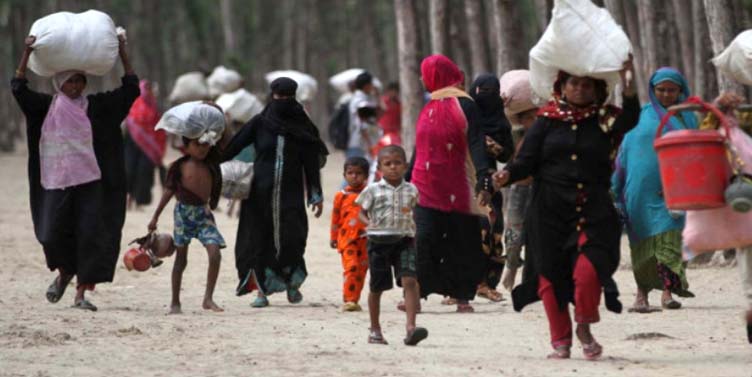
According to Ismail Hossain, district coordinator of the NGO Shushilan in Barguna, a massive number of climate refugees are being forced to relocate to the capital as rising sea levels make their home districts inhabitable.
Ashiqur Rahman, a resident of the Sora village, stated that following Cyclone Iyla, Sidor, Mahasen, Fani, Bulbul, Ampan`, the life of the residents of Satkhira’s coastal regions had been interrupted. Several once-domestic families in Gabura Union have lost their land and property, causing them to become financially unstable. Many have left the area because they could not survive repeated disasters while the rest are trying to relocate.
The Saltwater encroachment has also created health problems for the inhabitants. In the Gabura union, 32,000 inhabitants rely solely on two designated ponds for drinking water. But both have been contaminated by saltwater since Cyclone Amphan struck in May 2020.
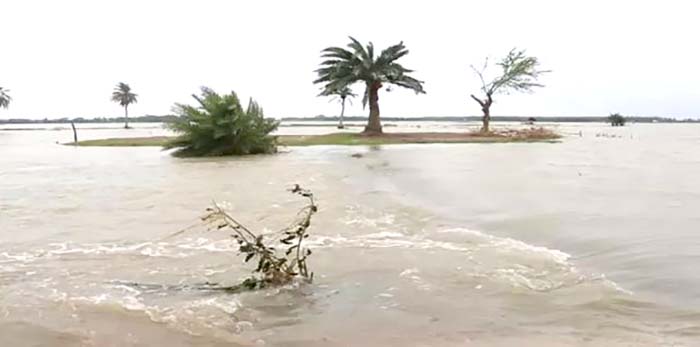
Irani Khatun, a 26-year-old mother of three, expressed concern about the effects of drinking saline water on herself and her children.
“My son has just developed rashes and blemishes on his skin, and I’m afraid it’s due to the water,” she added.
Mohan Kumar Mondal, executive director of the private development organization, urged the local government and administration to take a more proactive role in resolving the situation.
He recommended constructing sustainable embankments, spreading salt-tolerant rice and vegetable types, and establishing alternative employment in the region may alleviate the situation. Otherwise, he feared many more individuals would be compelled to leave this area permanently.
Therefore, salinity intrusion management is the most pressing concern from Bangladesh’s perspective. With the goal of saline waterproofing through structural management such as coastal embankment projects, dams, sluices, and coastal region zoning, the current situation can be upgraded.
Moreover, with non-structural management such as afforestation, sustainable land use, and land use conflict management, Bangladesh’s sustainable livelihood and environment can be envisioned.
Jaber Bin Abdul Bari
Department of Oceanography, NSTU

